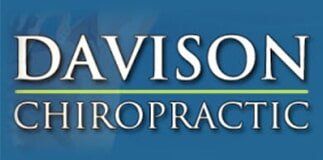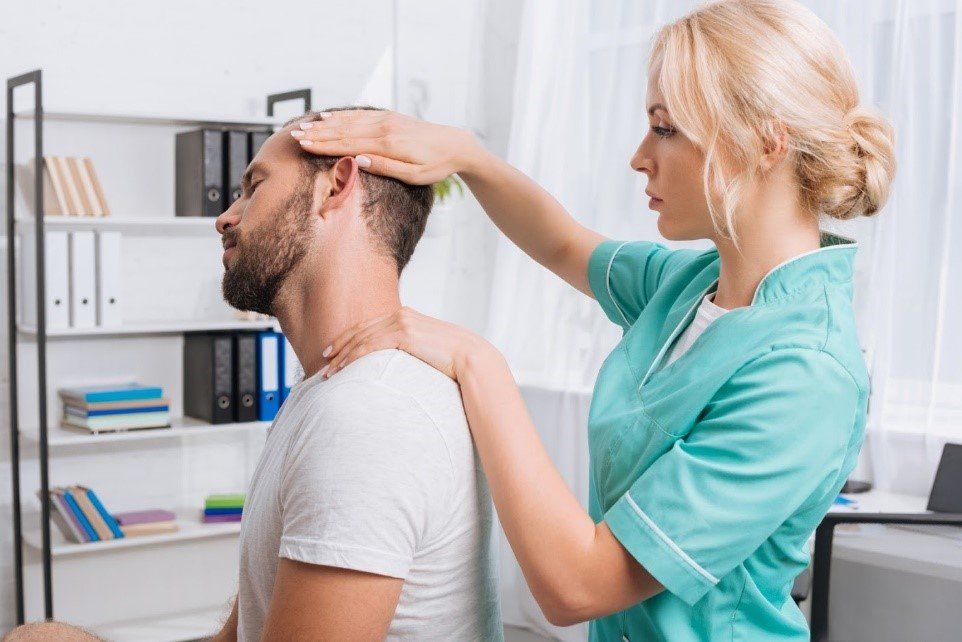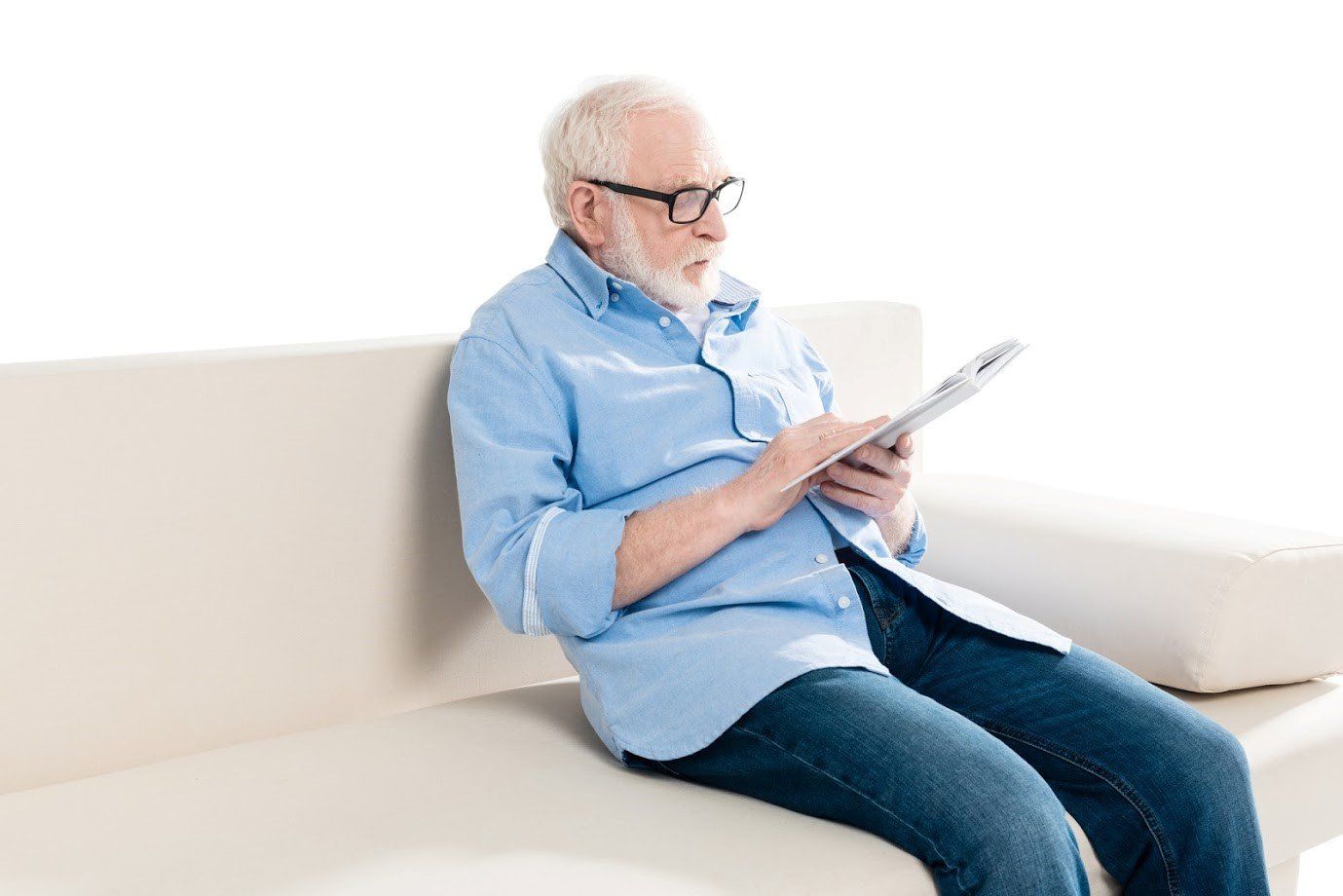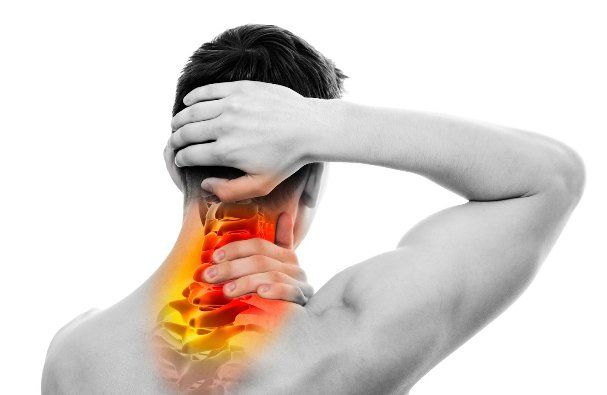3 Chiropractic Terms to Know Before Your First Visit
websitebuilder • October 14, 2019
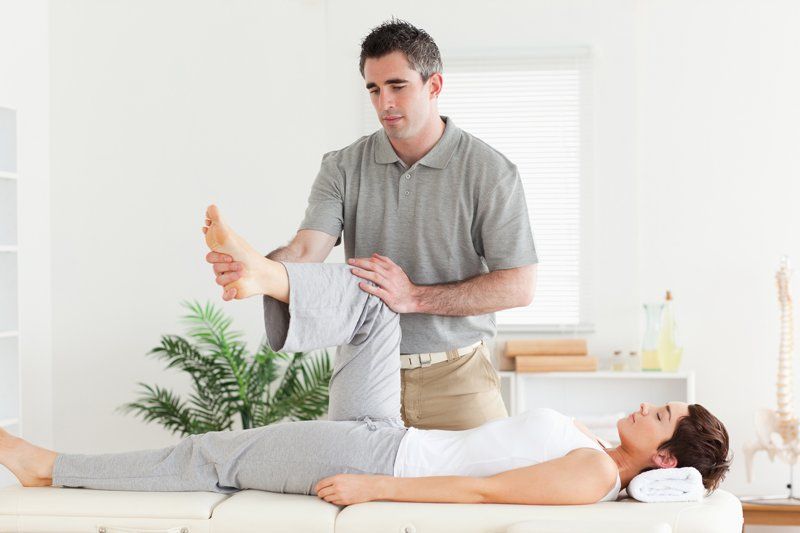
Chiropractic visits are becoming more and more common as people discover the pain-relieving benefits. Still, going to someplace that adjusts your back or neck can be scary. Luckily, chiropractic care is safe and effective at helping with many conditions.
If you are going to see a chiropractor for the first time, or you just want to know more about what to expect, check out these three chiropractor terms you need to know first.
1. Manipulation
Manipulation (also called adjustment) is the term used for applying pressure to joints to release them. This helps release stiffness and improves range of motion. Any joint can be manipulated, but many people visit the chiropractor because of neck or back pain.
During the manipulation, it can feel and sound like your joints are moving, but they are not. The reason for the popping sound is the small amount of gas that is released when the joints are properly adjusted. It is perfectly normal, not harmful and shouldn't hurt.
There are many types of manipulation techniques. One of the most common, however, is the direct thrust technique. With this technique, the chiropractor applies fast thrust to the joint in an attempt to force it to move again. If you have osteoporosis or a similar condition, direct thrust may be too powerful. Instead, the chiropractor will focus on spinal mobilization, which involves stretching and slow movements.
2. Modality
Depending on your condition, modalities may also be needed to improve your spine health. A modality is a treatment done in conjunction with manipulation to improve the results. Common modalities performed before a manipulation include heat, massage, and electrical stimulation. These help loosen the muscles, so moving joints is easier.
Ultrasound can also be used to massage and heat deep tissues to improve blood flow. To help better stretch each vertebra, the doctor may also recommend spinal traction. Again, this is often done before manipulations in order to make it easier to move joints.
In many cases, back and neck pain is caused by poor posture, which leads to both weak, elongated muscles and tight, short muscles. If your pain is caused by poor posture or a similar lifestyle problem, the chiropractor will suggest lifestyle choices. These may include exercises and stretches to improve posture, diet changes to lose weight, etc.
3. Subluxation
Subluxation refers to a partially dislocated vertebrae, and in most of the medical field, it is a major condition that needs treatment as soon as possible. If your chiropractor mentions subluxation, however, don't worry. Chiropractors use this term for the minor misalignment of the vertebrae.
The process of subluxation involves a lot of changes, including congestion of joints (trigger points that cause painful toxins that irritate nerves). Other changes may include edema, minute hemorrhage, fibrosis, local ischemia, and atrophy.
Vertebral subluxation often starts with abnormal motion because of the position of the spinal bones. This can make it hard to twist or bend your spine. The misalignment is often caused by poor posture. If the condition worsens, it can begin to affect the nervous systems. This, combined with limited mobility, may allow some of your muscles to atrophy or shrink.
Chiropractic manipulations alone can't fix your bad posture, but they can loosen joints, releasing some pain immediately. They also make it easier for you to exercise and stretch to improve your posture for good. Thanks to the growing demand for chiropractic care, your insurance carrier may even cover some treatments. If you would like to know more about chiropractic care, or if you need to schedule your first appointment, contact us
at Davison Chiropractic today.

Cold laser therapy, also called low-level laser therapy (LLLT) or low-power laser therapy (LPLT), is a non-surgical pain management treatment suitable for some patients who experience back and neck pain or certain injuries. Chiropractors and other health care professionals apply cold laser therapy to the pained or inflamed areas. The procedure uses a low-level laser that emits near-infrared light. The light from the laser is able to penetrate the skin and reach the body's deeper tissues. Once the tissues absorb the light, it interacts with the body's cells and speeds up the healing process. The laser light also helps reduce pain and swelling in damaged tissues. Uses Cold laser therapy is used primarily on patients who have chronic musculoskeletal pain. While the treatment works on different parts of the body for different injuries, like ligament and muscle strains, patients who have lasting lower back or neck pain often find relief from laser therapy. Cold laser therapy also helps patients who have arthritis, fibromyalgia, carpal tunnel syndrome, hip bursitis, and temporomandibular joint dysfunction (TMJ). Procedure and Results A single treatment session of cold laser therapy is typically short. Most health care professionals who administer the treatment spend 30 seconds to several minutes holding the handheld laser over the affected areas. Treatment sessions that cover a large area, such as the entire lower back, take longer since the laser device will need to be moved around to target one smaller area at a time. The procedure isn't painful, and you won't feel any vibration or hear any noise. Some patients can feel the laser, but most do not report it as uncomfortable. There is no standard for the number and frequency of cold laser therapy treatments. How many sessions you'll need depends on the severity and type of your condition and how well previous treatment sessions work. You may have to wait several weeks to a month to see the full benefit of cold laser therapy, and some patients need to have several short sessions a week to get maximum relief. Cold laser therapy has been the subject of multiple studies that have shown generally favorable results, though many of the studies have small participant groups. This treatment is FDA-approved, so you know it’s safe and effective. Advantages and Disadvantages One of the biggest advantages of cold laser therapy is that it is a non-invasive treatment method. Since cold laser therapy doesn't lead to any downtime for healing, it can be a good treatment choice for patients who experience pain but have busy lifestyles. The therapy also doesn't involve the use of any medications, which makes it appealing to patients seeking drug-free ways to manage their pain. However, you can combine it with medications and other treatment methods to provide additional relief. The main disadvantage many patients report is that cold laser therapy doesn't work immediately. Most patients need multiple treatment sessions — as many as 30 — to see a significant reduction in inflammation and pain. Another downside to cold laser therapy is that some health insurance providers won't cover the cost of the treatment. But some health care practitioners offer billing or payment plans to help patients afford the cost of the treatment. Risks Cold laser therapy is approved for use by the FDA, and it is considered safe for most patients. The treatment has very few side effects and is tolerated very well by most people. Testing on pregnant women is lacking, so pregnant women shouldn't have cold laser therapy. People who have open sores, suspicious moles, or cancerous lesions shouldn't expose their skin to lasers. Davison Chiropractic offers chiropractic adjustments, massage therapy, and pain management treatments to patients in Davison and Lapeer, Michigan and the surrounding areas. Contact us today to schedule an appointment.
